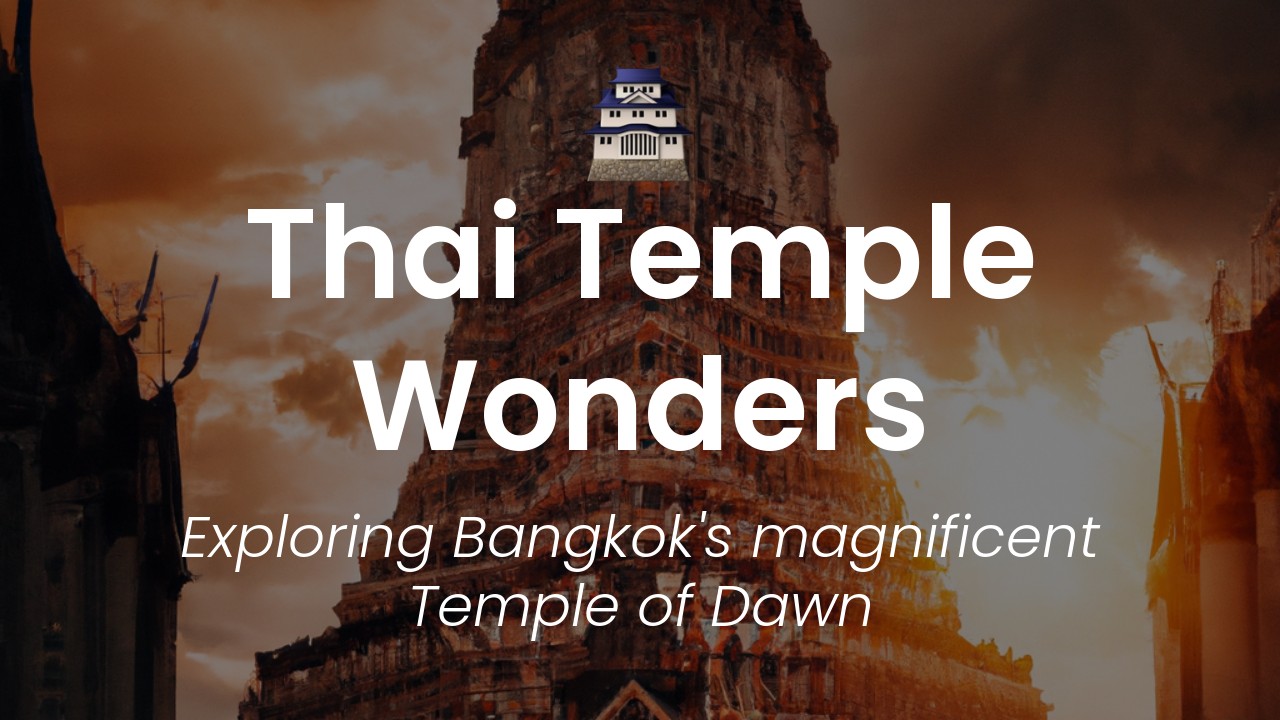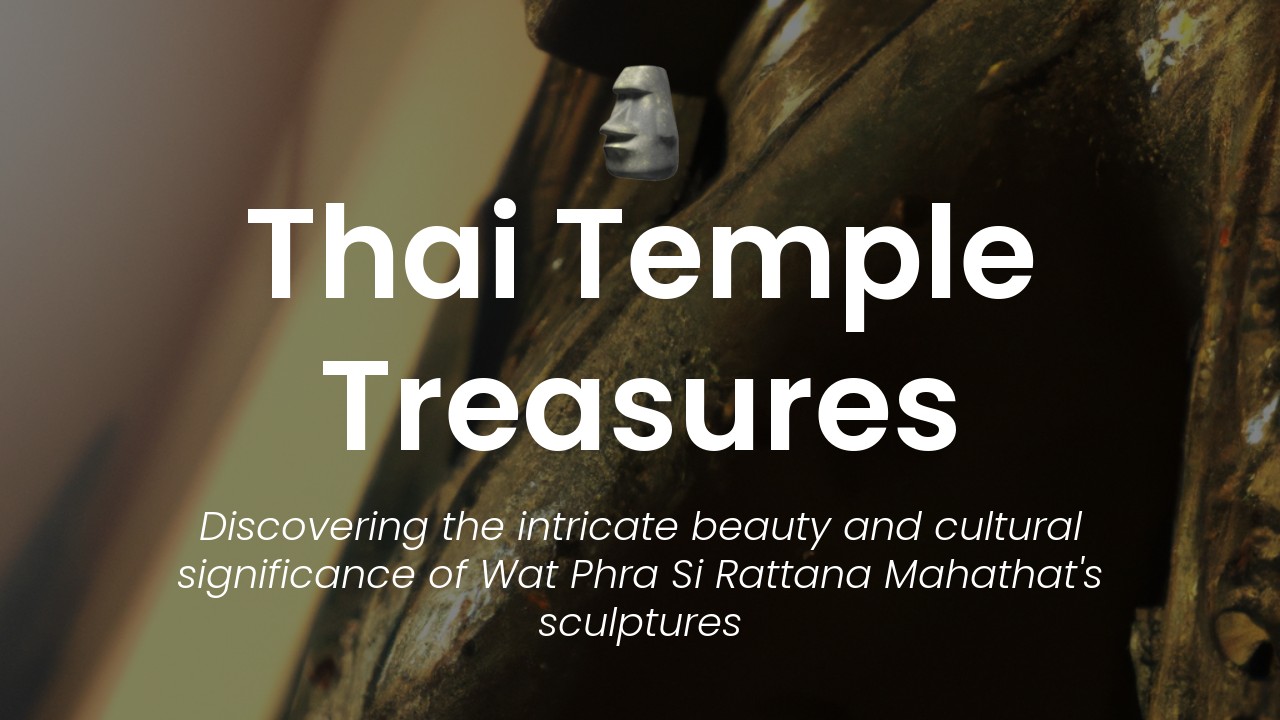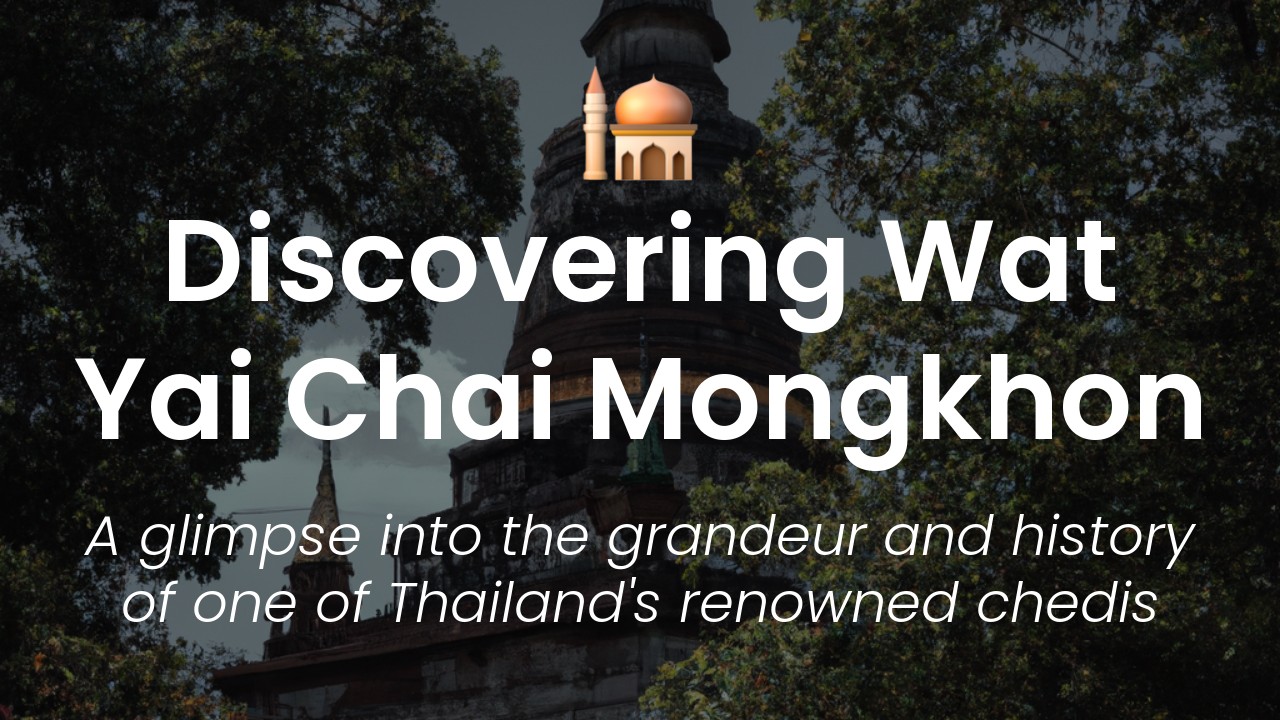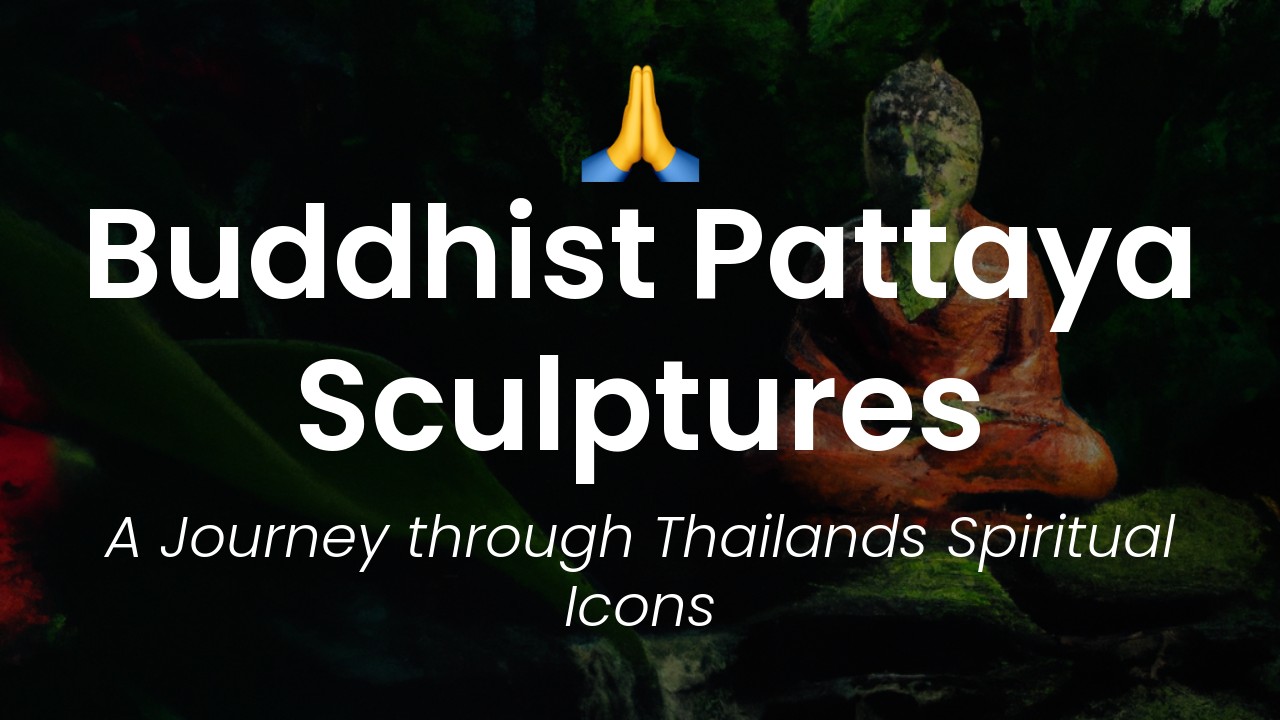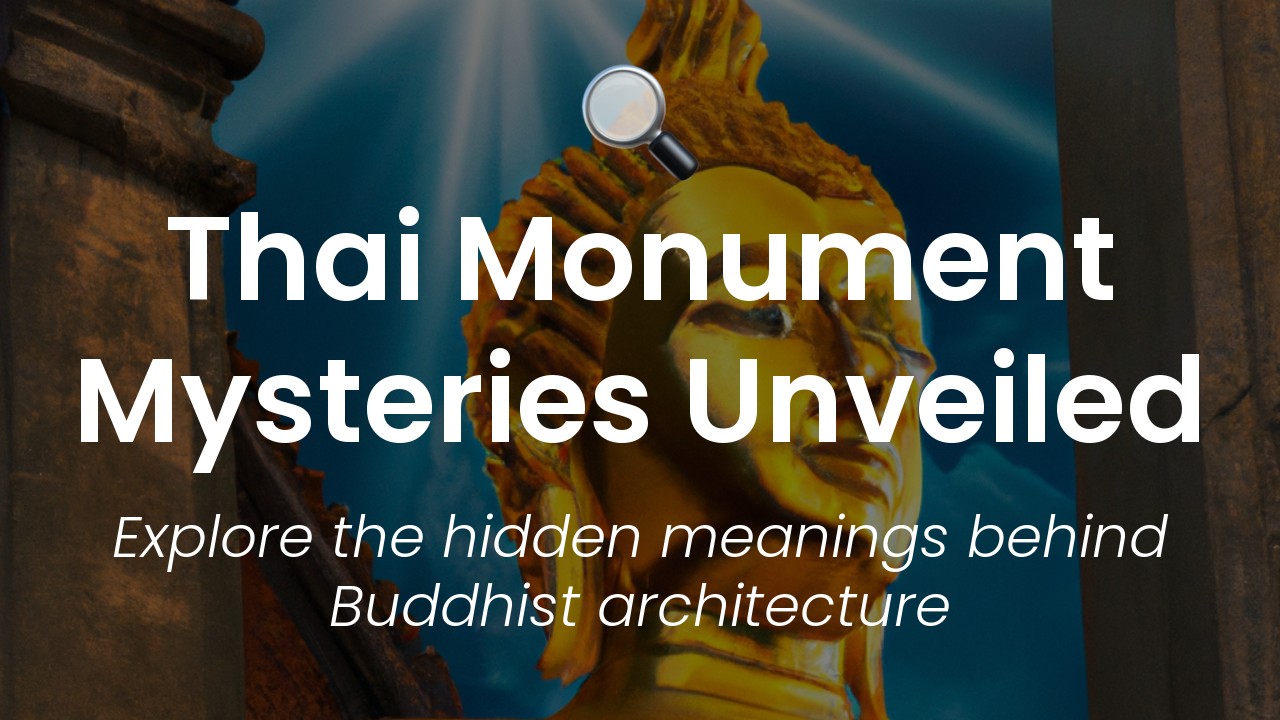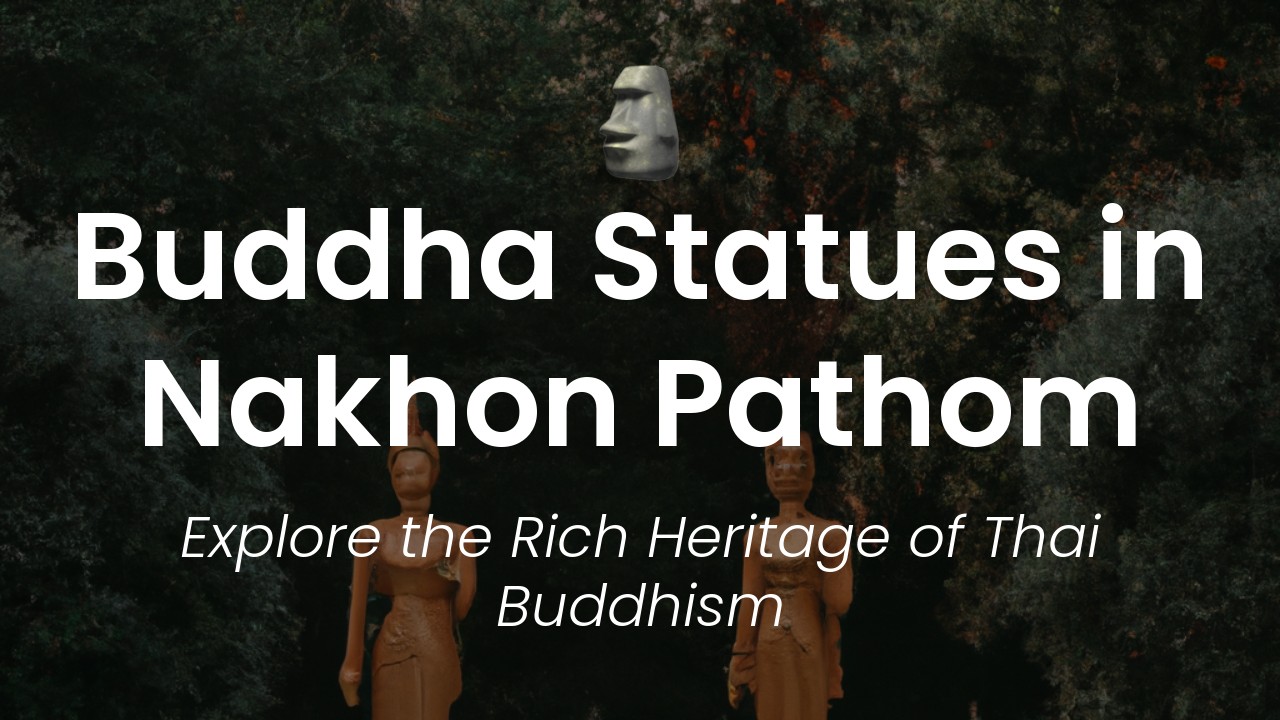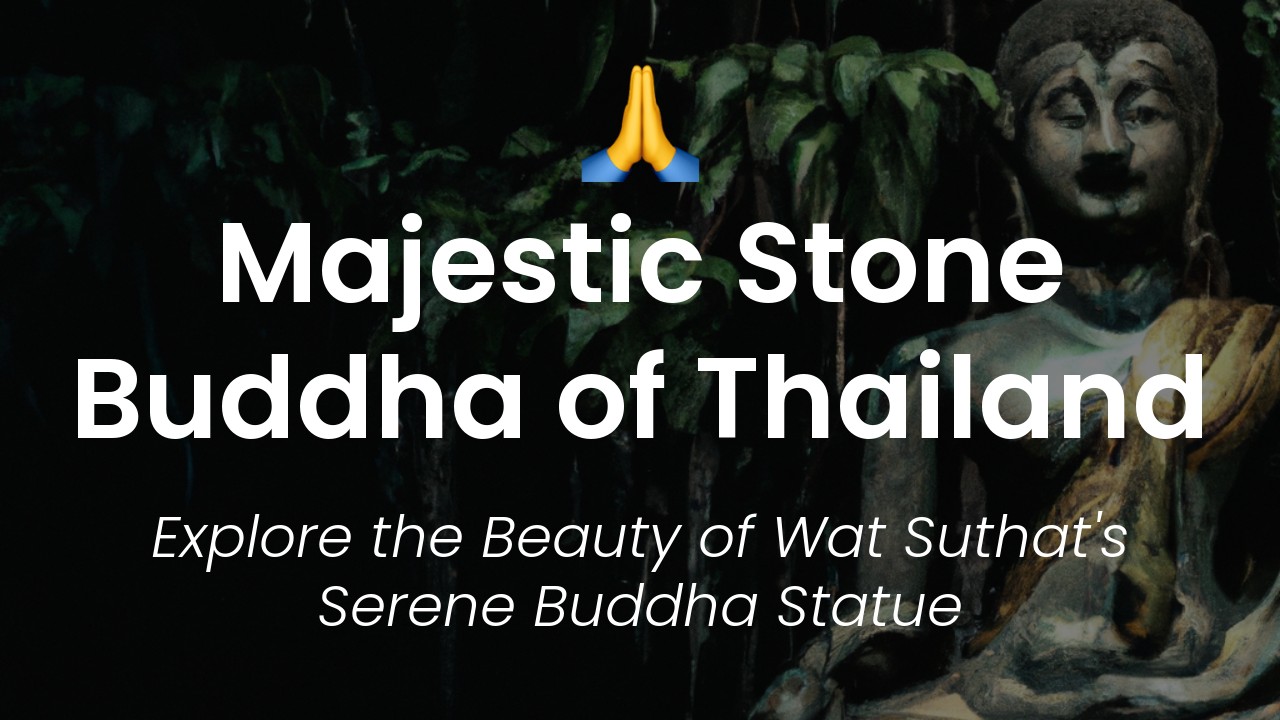I recently visited Wat Arun, the beautiful Temple of Dawn located on the Chao Phraya River in Bangkok, Thailand. With its intricate architecture and stunning details, this temple is a must-visit for anyone interested in the rich cultural heritage of Thailand. As I walked through the temple, I couldn't help but feel awe-inspired by the grandeur and beauty surrounding me.
Wat Arun is known for its intricate designs and the way in which it sparkles brilliantly in the sunlight. The temple is a blend of Khmer and Thai architectural styles, featuring a central prang (tower) that stands tall and proud at 70 meters high, surrounded by four smaller prangs. The prangs are decorated with colored glass and Chinese porcelain, giving the temple a unique and unforgettable appearance.
As I stood so close to the prang, the details and patterns became even more stunning. The white and green mosaics that covered the tower sparkled brilliantly in the sunlight, and the colorful patterns of the porcelain added a unique texture to the overall design. I felt as though I was in a different world, surrounded by beauty and grandeur, and I couldn't help but marvel at the history and culture that the temple embodied.
In this blog post, I'm excited to share with you my experience and knowledge of Wat Arun's stunning architecture. Whether you're planning a trip to Thailand or simply looking to learn more about the country's rich cultural heritage, you're sure to be captivated by the beauty and history of this remarkable temple. Let's dive in and uncover the majesty of Wat Arun together.
Historical Significance of Wat Arun
As a Thai blogger, I am always amazed by the rich culture and history of my country. In particular, one architectural wonder that never ceases to impress me is Wat Arun, also known as the Temple of Dawn. Located on the west bank of the Chao Phraya River, this iconic temple is a must-visit attraction in Bangkok. It has long been revered not only for its spiritual significance but also for its stunning architecture.
Wat Arun is believed to have been built during the Ayutthaya Kingdom in the 17th century. Originally, it was a mere small temple on the riverside. It was later expanded and renovated in the early Rattanakosin period by King Taksin, who moved the capital city to Thonburi, the current location of Wat Arun.
The temple has gone through several renovations and restorations over the centuries, including during the reigns of King Rama II and King Rama III. The latter made significant contributions to the temple's design and architecture, including the now-iconic "prangs" – the tall, pointed structures that dominate the temple's skyline.
Wat Arun Architecture: Unique Features
Wat Arun's architecture is a reflection of Thailand's cultural heritage and its Buddhist faith. The temple's most striking feature is its towering prangs. These four spires are decorated with intricate patterns and colorful pieces of Chinese porcelain, which are arranged in beautiful flower and mythical animal designs.
The prangs are significant symbolic representations of Mount Meru, a mystical mountain that is believed to be the center of the universe in Buddhist cosmology. They are said to represent the four elements – earth, wind, fire, and water. Visitors can climb up steep sets of stairs to reach the top of the central prang, which offers a panoramic view of the temple and the surrounding area.
Another unique feature of Wat Arun's architecture is its "Ubosot," the main building that houses the temple's main Buddha image. The Ubosot is surrounded by a courtyard with columns and arches decorated with stunning murals that depict the “Ramakien,” the Thai version of the Hindu epic "Ramayana." The murals are intricate and detailed, and they offer a glimpse into Thailand's history and culture.
The Prangs of Wat Arun
As mentioned earlier, the prangs at Wat Arun are one of its most unique features. They are said to symbolize the legendary Mount Meru, the center of the universe in Buddhist cosmology. The tallest of these prangs is estimated to be about 80 meters tall, and it is surrounded by smaller prangs, which are decorated with hundreds of pieces of Chinese porcelain.
Each prang is divided into several sections, with each section representing a different level of the Buddhist heaven. The base of the prangs is decorated with intricate carvings that depict scenes from Buddhist legends and are made of green Naga Statue.
Murals of Wat Arun: Storytellers of History
Another fascinating aspect of Wat Arun's architecture is the stunning murals that adorn the walls of the temple's main building, the Ubosot. These murals depict scenes from the “Ramakien,” a Thai epic that is based on the Indian epic "Ramayana."
The murals are beautifully detailed and colorful, and they depict various episodes from the epic, from the battle between the monkey king Hanuman and the demon king Thotsakan to the romantic encounters between Prince Rama and Princess Sita. These murals offer a glimpse into Thailand's history, culture, and religious beliefs. They are a testament to the skill and dedication of the artists who created them.
Best time to visit and Practical Information
If you plan to visit Wat Arun, the best time to go is during the early morning or late afternoon, when the sun is not too harsh and the temperature is more tolerable. The temple is open from 8:30 am to 5:30 pm, and the entrance fee is only 50 baht.
Visitors should also be aware that climbing up the steep staircase to the central prang can be challenging and requires proper footwear and physical fitness. However, the view from the top is well worth the effort.
Additionally, while visiting a temple, visitors should dress appropriately and respectfully. This means covering your shoulders and knees and removing your shoes before entering any temple building. This shows respect for Thai culture and the Buddhist faith.
Exploring Wat Arun's Rich Cultural Heritage
In conclusion, Wat Arun is a stunning testament to the rich culture and history of Thailand. Its architecture is both beautiful and meaningful, with symbolic representations of Buddhist cosmology and Thai legends. The stunning murals that adorn the Ubosot walls are a testament to Thailand's artistic heritage and offer rich insights into the country's history and culture.
Whether you are a devout Buddhist, an art lover, or a curious traveler, Wat Arun is a must-visit attraction in Thailand. It is a true gem that showcases the beauty and diversity of this amazing country, and it is a place that will stay in your memory forever.

